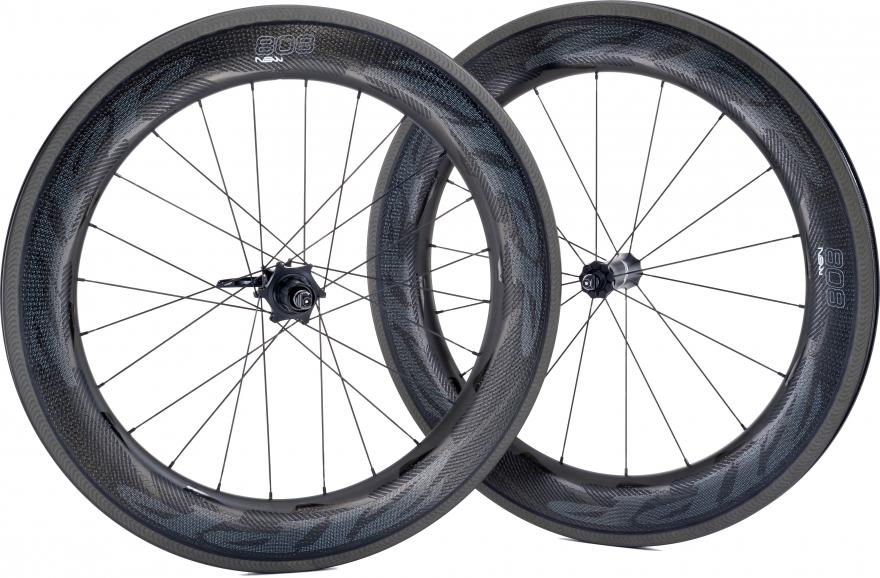As cyclists, we’re always on the lookout for that new bike, new frame or new wheels – the upgrade that will make our bike lighter, stronger or better looking. If you ask any cyclist what the ultimate upgrade is, I’m sure you’ll hear the word “carbon”.
The aerospace industry has used carbon fiber for years, as has F1 and a bunch of other high-end industries where low weight and high strength are prized. It’s become commonplace in cycling for frame building over the past 2-3 decades, and lately the trend has been towards using carbon fiber rims for road and mountain bike wheels.
Magic material?

The benefits of carbon are well known: Light weight, stiff, strong and really good looking. The tech has advanced so much that carbon rims are now considered as reliable for daily use as alloy ones and they’re freely available in the OEM as well as aftermarket, as long as you have a bank balance to match.
Here’s an article on road.cc exploring the pros and cons of carbon wheels.
Now, the reason I write this article is to illuminate a different view on carbon and highlight a downside that not many of us consider: environmental impact.
By nature of it’s composition, carbon fibers and resin, carbon fiber is not biodegradable and will persist forever in landfill sites. While we’re all trying to use less plastic and are on recycling drives at home, have you ever thought of what happens to that carbon frame, rim or seat post that gets thrown away when it breaks? Me either, until recently.
Carbon fiber can’t be recycled and re-purposed like steel or aluminium. That’s not to say it can’t be recycled, but the process is far less mature or well-adopted, especially outside of Japan, the US and Europe.


Should you buy carbon rims and other products?
Here Bikeradar explores the issue. NSMB has an interesting article. The Guardian has written about it.
Since it’s clearly an issue that faces the bicycle industry, some brands have taken a stand – either against using carbon, or in steps to facilitate responsible recycling.
Trek and Specialized each have an internal carbon recycling program.
Pole Bicycles refuses to use carbon for making frames. The founder of Spank Bikes has launched a foundation called Earthball Riders to encourage responsible production and challenge manufacturing practices in the bicycle industry.
I know carbon rims are light, strong and sexy. Only you as a consumer can decide whether or not to use them. I’ll definitely still build carbon wheels for you, but please consider the impact of the material on the planet we call home. I’ll share this article with the guys from cSixx and South Industries, both South African manufacturers of carbon products and will publish their responses below once received.
The case for using alloy rims.
I don’t have to mention all the reasons carbon is a great material for making rims, but I’ll talk a bit about aluminium. The advances in design and materials has made the case for alloy rims more compelling lately, as carbon rims have surely been stealing market share. I’ll briefly list my thoughts on these advances and benefits below:
- Improved tubeless capability. The innovations by companies like Stan’s NoTubes and Spank mean that running your wheels tubeless have become almost effortless and ridiculously reliable.
- Innovations in rim design make it possible to produce very laterally stiff rims. Things like Oobah, for example.
- The cost to buy or replace alloy rims is considerably lower than the cost of carbon, perhaps you could buy 4 or 5 alloy rims for the price of a single carbon unit.
- Alloy rims show their damage, prompting replacement. Carbon tends to hide damage and this often ends in catastrophic failure. Something I wish on no cyclist.
- Less critical, but I love the customization ability of alloy – the anodized colours of many rims make them simply stunning and guarantee your bike has a unique look.
- There’s no massive or noticeable difference in weight between carbon and alloy rims, unless you’re after the super-dooper lightweight models.
- It may be changing, but traditionally carbon rims have been extremely radially stiff, making for a jarring ride. Alloy rims have a bit more compliance and tend to track better over rough trails.

Now that you have some information in your arsenal, go ahead and choose your new wheels and get out there and ride!
Don’t forget to drop me a line and ask me a question or two, request a quote or simply say hi.
Cheers,
Nicholas
Response by cSixx:
“All of us at cSixx are very Eco-conscious and environmentally friendly in all aspects.
From using canvas bags when doing the milk run in the morning for the all important coffee to re-cycling all our swarf (metal shavings from the CNC), we take the same care when dealing with carbon fiber.
First off, we luckily don’t have too much excess waste or failed parts, preventative measures are always the best solution but obviously nothing is fool-proof.
We have recovered all the known failed parts back at our office in a neat little pile and our customers have received their Replacements Free of charge.
One may think that alloy is more eco-friendly but you have to factor in the energy required to recycle these parts.
A well-made carbon product can well out last an alloy equivalent, 5-10 years if made correctly, as proved by our range of Marathon products which have less than 1% failure.
Mark, the founder of cSixx, has just arrived back from an overseas trip to Europe where he visited various factories and spoke to industry leaders at the ISPO show in Munich about this exact topic.
We are currently investigating different re-cycling methods and seeing what would be viable here in South Africa as transporting our carbon waste to Europe would defeat the point of re-cycling all together.”


No responses yet